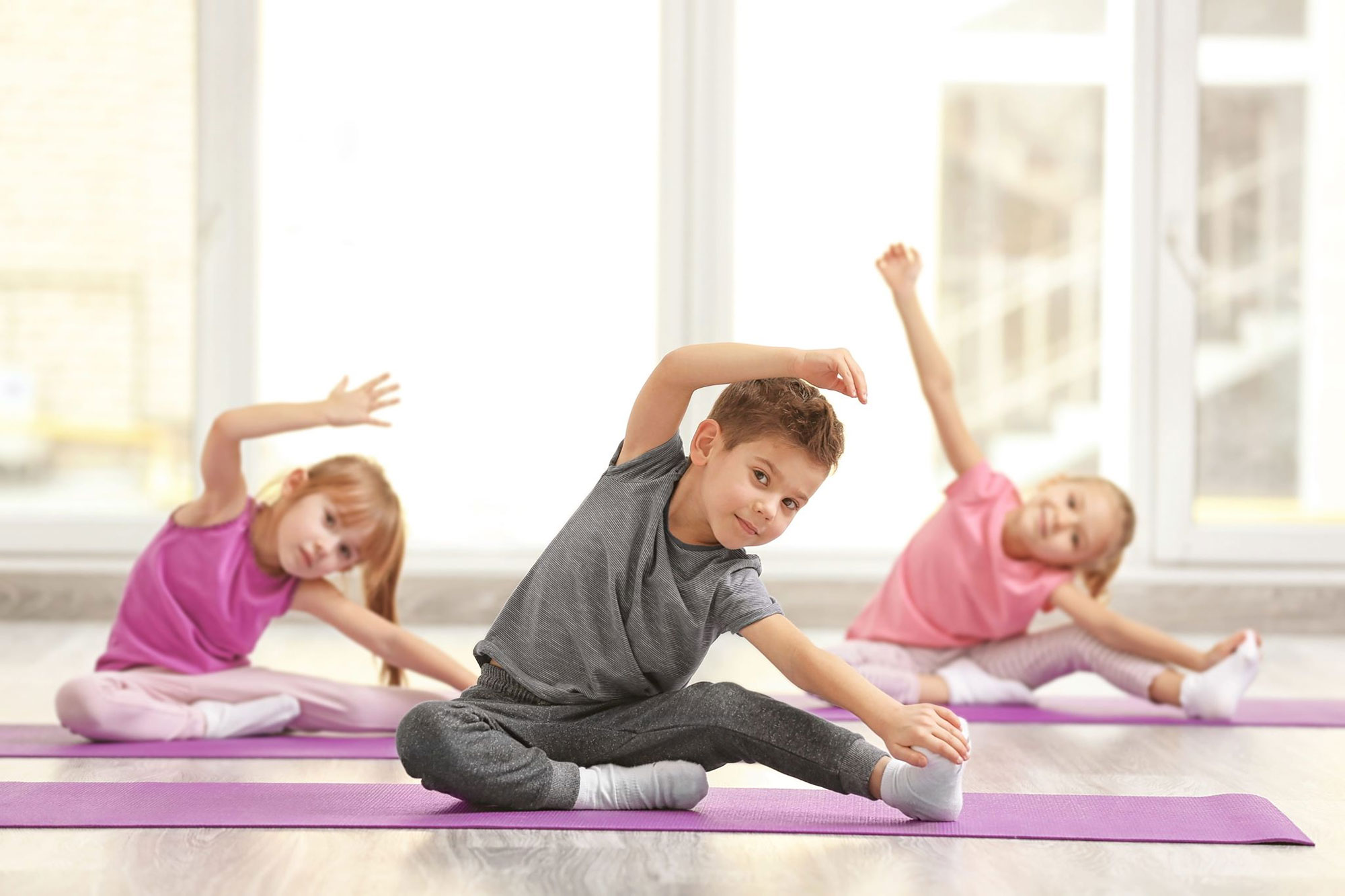7 Simple Ways to Teach Children Mindfulness

“If every child in the world would be taught meditation we would eliminate violence from the world in one generation” – Dalai Lama
Practicing mindfulness can help children regulate their emotions, improve focus, reduce stress, and cultivate kindness, gratitude, and positivity. Research has also shown that it enhances overall well-being, increases respect for others, and acts as a buffer for bullying. Who wouldn’t want that for their children?
You might be asking, how do we teach mindfulness to kids? Isn’t it a complex concept for children to grasp? And what if they get bored focusing on the breath?
In reality, mindfulness is quite simple. Mindfulness is just about being present in the here-and-now. So anything that teaches kids awareness also teaches kids mindfulness. And focusing on the breath doesn’t have to be boring. There are many fun and simple ways to teach kids to be mindful.
Here are 7 ideas to get you started:
1. Engage their “spidey-senses”
Most kids love superheroes. Asking kids to tune into their “spidey-senses” and pay close attention to detail is a fun way to get kids interested in practicing mindfulness in the present moment. Have your children point out 5 things they can see, 4 things they can touch, 3 things they can hear, 2 things they can smell, and 1 thing they can taste.
You can make this even more fun by bringing in items for them to explore with their senses such as feathers to touch, musical instruments to listen to, and fresh herbs to smell.
2. Breathing Buddies
Get kids connected with their breath by using a breathing buddy, a stuffed animal that they can place on their belly and watch it rise and fall rhythmically. Have them notice how the breathing buddy moves differently when they are feeling relaxed versus stimulated. This is a great calm down practice to introduce to kids when they are restless, angry, or anxious.
3. Blowing Bubbles
Bubbles are a classic childhood pastime and a perfect way to get kids in tune with their breath. Have your child notice their breathing as they blow the bubbles. They can purposely slow their breath down and take deep breaths to help them self-regulate.
4. Heartbeat meditation
Our hearts beat approximately 100,000 times each day. But, how often do we actually notice? Get kids in tune with their hearts and the present moment by doing a quick, 1 minute meditation focused on just listening to the heartbeat and feeling the rhythm of the pulse. You can make it more exciting for kids by bringing an instrument to measure their heart rate or stethoscope to listen in like doctors.
5. Mindful movement
Movement is a great way to get kids excited about mindfulness and to help them tune into their bodies. Kids love to move, especially when movement is playful. You can do a variety of mindful movement exercises from yoga poses to hula hooping to spoon races. Get creative and use the movement as a way to help the children be more present to what is happening both within and around them.
6. Practice compassion
Compassion is a crucial component of mindfulness practice that is often forgotten in the West. In fact, the word for mindfulness in Japan is translated in two parts: one meaning now and the other meaning both mind and heart.
Teaching children to be more compassionate with themselves and others will help create more kind and emotionally intelligent adults for the future. There are many ways to teach compassion to kids including roleplay, storytelling, encouraging acts of kindness, engaging in service projects, and by simply being compassionate with them when they struggle.
7. Mind Jars:
Mind jars are one of my personal favorite ways to teach children mindfulness. Kids love to craft and they get to keep the jar as a tangible tool to help them practice mindfulness. Mind jars teach kids how their “monkey minds” work and make for a great calm down strategy to use when they are frustrated. The jars are filled with glitter and water, so the child simply shakes the jar and watches the glitter fall as a mindfulness practice.
For more information on how to make a mind jar, see our How to Make a Mind Jar post for a list of full instructions and materials.


